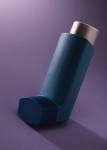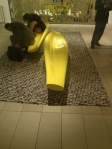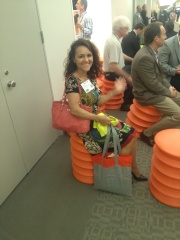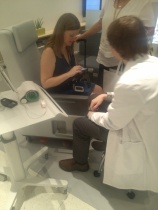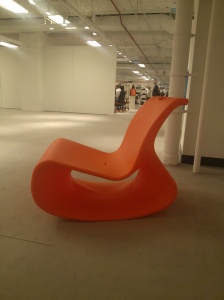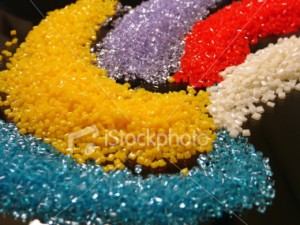Just how important is packaging when it comes to your product? Aesthetically pleasing packaging is good, but it doesn’t always work. Just because a package looks nice doesn’t mean that it is going to fly off the shelves. There are some important things that one must be aware of in order to boost profit through packaging.
First and foremost, it is important to evoke positive emotions from the packaging. It has to appeal to the target consumers. Always be aware of how you can bring to mind positive emotions through the packaging. Specific colors, imageries or fonts aren’t the only things to be aware of. According Buyology, Inc., it is important to identify, access, and quantify a consumer’s emotional triggers in order to sell. The company found that at least, 85% of human decisions are governed by the subconscious. One of the best things a successful company can do is to research and find out the things that will evoke the targeted consumers’ emotions.
The packaging of children’s items are no different. In fact, children respond to emotions even more so than adults. For example, Fisher Price actually packages their products to both surprise and delight. Children will see this type of packaging and be immediately intrigued. The perfect packaging of children’s products is one that welcomes children to see, touch and interact.
With so many different products on the shelves, it is essential that you package your products to appeal to the subconscious of adults. Think about what it is about your product that would make a customer happy and what will help to make them feel that emotion when seeing your product. In order for packaging to work as a branding tool, it must work in both a conscious and subconscious way.


 Looking around any room, you’ll likely see numerous items benefiting from the addition of color. From food and beverage containers, to electronics casings, to the ticking clock on the wall, all of these items have included a colorant process in their manufacturing. Liquid colorants in particular are an asset in production.
Looking around any room, you’ll likely see numerous items benefiting from the addition of color. From food and beverage containers, to electronics casings, to the ticking clock on the wall, all of these items have included a colorant process in their manufacturing. Liquid colorants in particular are an asset in production.